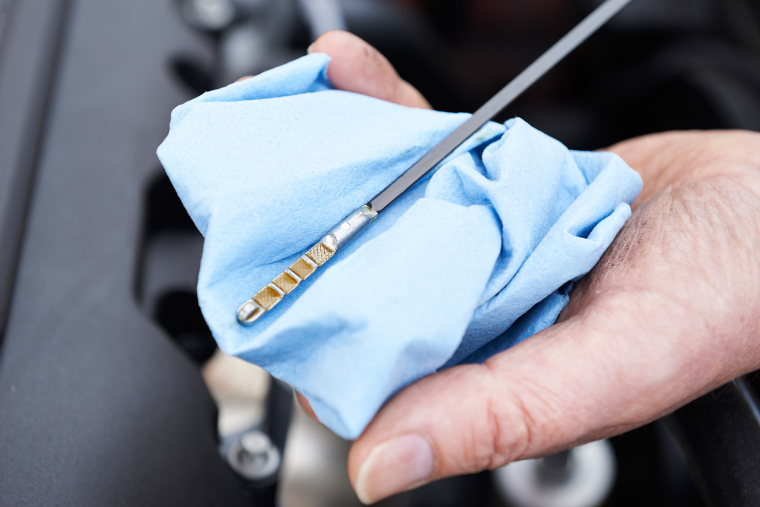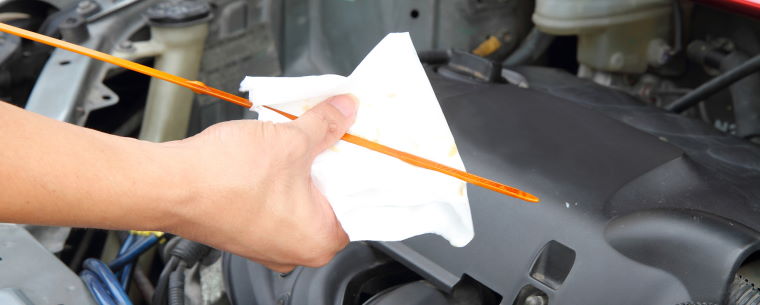How To Check Your Engine Oil
Published on: Thursday, 13 May 2021 | Author: Bradley Jando
Your car’s engine needs oil to function properly. Not only does it keep the engine cool and properly lubricated, but it also cleans out contaminants and impurities in the engine while guarding against rust, which can appear on the internal surfaces of the engine.
Since oil has such a vital role to play in your car’s health, it’s important to know how to check its levels and how to maintain them in the long-term.
Different Types of Engine Oil
There are several types of engine oil and you need to be aware of which kind your car requires in order for its engine to continue to run efficiently:
- Mineral oil is the cheapest type on the market today but it is really only suitable for older vehicles since it offers very little protection from friction-induced heat as well as minimal lubrication.
- Semi-synthetic oil is relatively affordable but also offers more protection than a mineral oil. It leads to better performance at a low temperature when compared to a mineral oil and boosts the engine oil’s wear resistance at higher levels of stress and temperature.
- Synthetic oil is the best possible option for your car. It delivers outstanding protection while boosting fuel efficiency.
How Do I Check My Oil Levels?

You can check your engine oil levels yourself at home. This is something that you should do on a regular basis - at least once a week. Follow these simple steps:
- Wait until your car engine has cooled down. It should have been off for a minimum of 10 minutes
- Open the bonnet and locate the dipstick. It will be inside a tube that is to the side of the car’s engine block
- Remove the dipstick and use a clean rag to wipe excess oil from it
- Put the dipstick back inside the tube, and then pull it out once more
- You’ll see two marks close to the end of the dipstick. These indicate the lower and upper oil levels
- If you see that the level of oil shown on the bottom of the dipstick is close to the lower level, you’ll need to top your oil level up
- Remove the oil cap. This is on the top of the car’s engine
- Pour in some oil using a funnel
- Take care not to overfill with oil. Pour only a small amount in each time before rechecking the levels using the dipstick
Do I Need to Change My Engine Oil?
From time to time, you’ll need to not only top up your engine oil but change it completely. How often you’ll need to do this will depend on the intervals recommended by your vehicle’s manufacturer.
Although it’s possible to do this yourself, it can be a messy task - so it may be best to use the services of a professional to make sure the job is done correctly.
Getting Professional Help
If you need some help to check your oil levels, top them up or carry out an oil change, don’t hesitate to call into one of our centres. Our experienced team is on hand to help you and to keep you motoring safely.




